Crying over my soil discovery: need advice
smord
14 years ago
Related Stories
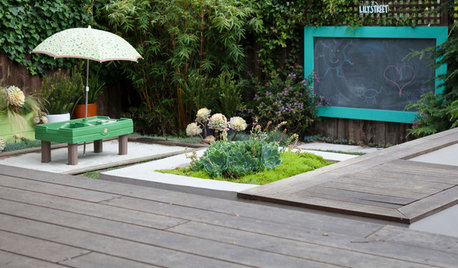
KIDS’ SPACES15 Ideas for a Children’s Discovery Garden
Pique curiosity and encourage creativity by adding play features that appeal to kids’ imagination and senses
Full Story
EDIBLE GARDENSNatural Ways to Get Rid of Weeds in Your Garden
Use these techniques to help prevent the spread of weeds and to learn about your soil
Full Story
GARDENING GUIDESGet on a Composting Kick (Hello, Free Fertilizer!)
Quit shelling out for pricey substitutes that aren’t even as good. Here’s how to give your soil the best while lightening your trash load
Full Story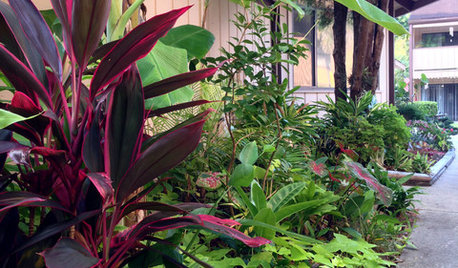
GARDENING GUIDESA Mom, a Garden and a Gift for the Neighbors
Gardening can be therapeutic in unexpected ways. See how one gardener found peace and purpose in a patch of Florida soil
Full Story
FARM YOUR YARDHow to Grow Vegetables in Containers
Get glorious vegetables and fruits on your patio with a pro’s guidance — including his personal recipe for potting mix
Full Story
GARDENING GUIDESHow to Find the Right Native Plants for Your Yard
Find plant maps, sale sites and guides that make going native in the garden easier than ever
Full Story
GARDENING GUIDESHouzz Call: What’s Your Favorite Backyard Beauty?
The simple, honest daisy is this writer’s go-to garden flower. We want to hear which plant, flowering or otherwise, gives you special joy
Full Story
MOST POPULARHow to Finally Tackle Your Closet's Critical Mess
It can be tough to part with reminders of your past, but your closet needs space for who you are today
Full Story
INSPIRING GARDENSNative Plants Bring 10 Southern California Front-Yard Gardens to Life
Rare plants, rain gardens and wildlife habitats are just a few of the features showcased on the 2016 Theodore Payne Native Plant Garden Tour
Full Story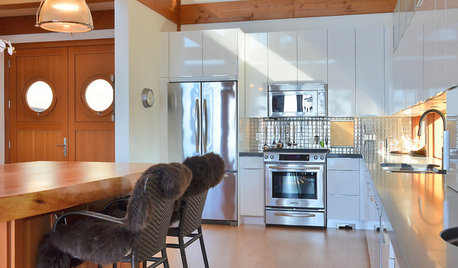
REMODELING GUIDES6 Must-Know Lessons From a Serial Renovator
Get your remodel right the first time, with this insight from an architect who's been there too many times to count
Full Story




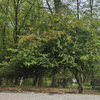
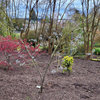
Dan _Staley (5b Sunset 2B AHS 7)
ken_adrian Adrian MI cold Z5
Related Discussions
Discoveries on repotting from peat based soil into Gritty mix
Q
Ugh! Gnats/fruit flies/fingus gnats all over my plants and soil.
Q
Need advice on soil test results
Q
Crying Over Onions
Q
whaas_5a
smordOriginal Author
ken_adrian Adrian MI cold Z5
smordOriginal Author
Dan _Staley (5b Sunset 2B AHS 7)
smordOriginal Author
Embothrium
whaas_5a
gardengal48 (PNW Z8/9)
Dan _Staley (5b Sunset 2B AHS 7)
Embothrium
arktrees
Dan _Staley (5b Sunset 2B AHS 7)
smordOriginal Author
ken_adrian Adrian MI cold Z5
Embothrium
iforgotitsonevermind
Dan _Staley (5b Sunset 2B AHS 7)
smordOriginal Author
smordOriginal Author
gardengal48 (PNW Z8/9)
smordOriginal Author
arktrees
Dan _Staley (5b Sunset 2B AHS 7)
smordOriginal Author
iforgotitsonevermind
whaas_5a
Toronado3800 Zone 6 St Louis
gardengal48 (PNW Z8/9)
smordOriginal Author
gardengal48 (PNW Z8/9)
arktrees
smordOriginal Author